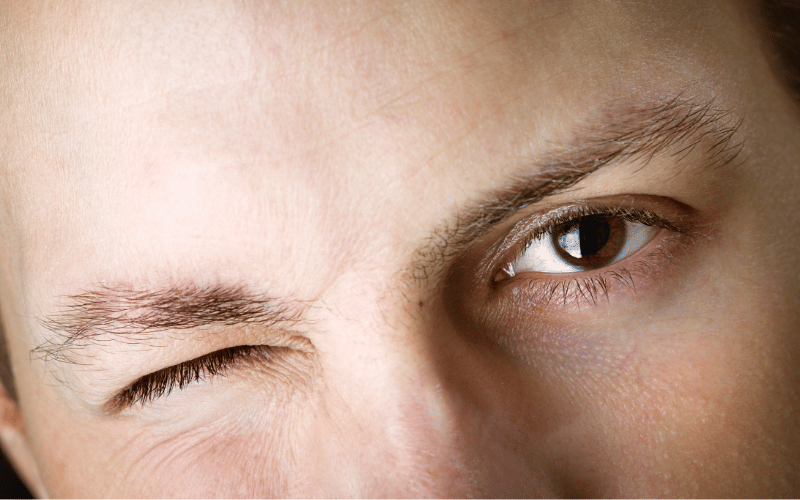Introduction: When the Blink Turns into a Twitch

Imagine a situation where you are having an essential conversation, and suddenly, you can’t keep your eyes open. An uncontrolled twitching and closing of your eyes disrupts your flow, and it is not the first time it has happened. This uncontrollable and often severe eye twitching is not just a simple eye-twitch that many of us often experience due to fatigue or stress. It might be a symptom of a neurological condition called Blepharospasm.
As alarming as it sounds, Blepharospasm is more common than one might think. In the United States alone, it affects approximately 50,000 people, predominantly those aged between 40 and 60. However, the real concern is that this disorder is often undiagnosed or misdiagnosed due to lack of awareness.
Before diving into the symptoms of Blepharospasm, it’s essential to comprehend what it is. Blepharospasm, stemming from “blepharo” meaning ‘eyelid’ and “spasm” meaning ‘an involuntary muscle contraction,’ is a condition where there are uncontrollable contractions of the muscles around the eyes. The person has no control over these contractions, and as a result, their eyes shut, not because they want to blink, but because they physically can’t keep them open.
The disorder is a result of miscommunication between the nervous system and the muscles around the eyes. It’s like the brain is incessantly sending a message saying “blink now,” causing frequent involuntary blinking and even forceful eye closure in severe cases.
Recognizing the symptoms is vital in the journey towards managing this disorder. But the symptoms can be subtle and gradually intensify, which can often lead to people overlooking them, attributing them to more commonplace causes like stress or lack of sleep. So, the question arises, how do you differentiate a simple eye-twitch from a symptom of Blepharospasm? Let’s dive into the top 10 symptoms of this disorder that will help distinguish it from an ordinary eye twitch.
Symptom 1: Increased Blinking

Blinking is an involuntary action that plays an essential role in maintaining our eye health. It helps to keep the eye lubricated, clearing away any dust particles or other minute foreign bodies. On average, a person blinks between 15 and 20 times per minute. This rate can fluctuate depending on the individual’s activities, such as reading, conversing, or using a digital device.
However, the number of blinks per minute significantly increases in individuals with blepharospasm. The increase isn’t attributable to common factors like reading or digital strain but is a physiological response to the disorder. This increased rate is not a momentary change. It’s persistent and often not within the individual’s control.
Increased blinking could also interfere with the person’s daily activities. A high blink rate can disrupt visual tasks, making it difficult to focus. It could also cause the individual to appear anxious or nervous, leading to potential social discomfort. Increased blinking is, therefore, one of the initial signs that may indicate blepharospasm. (1)